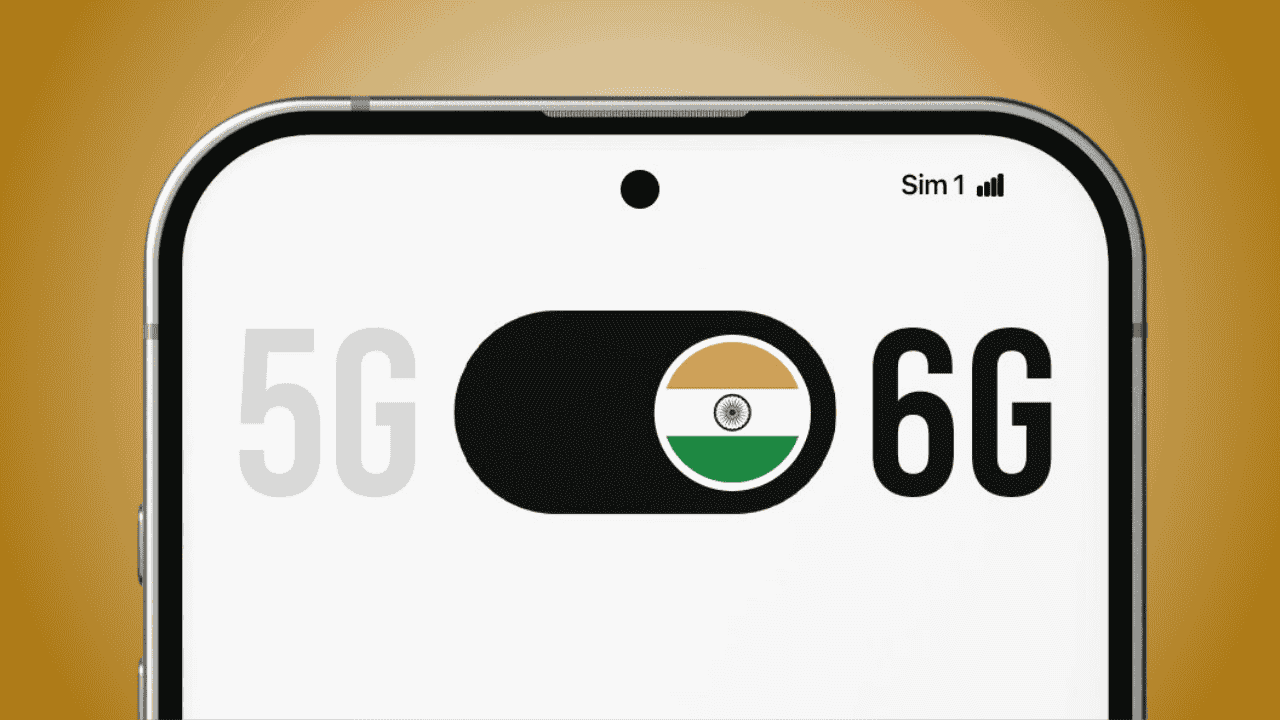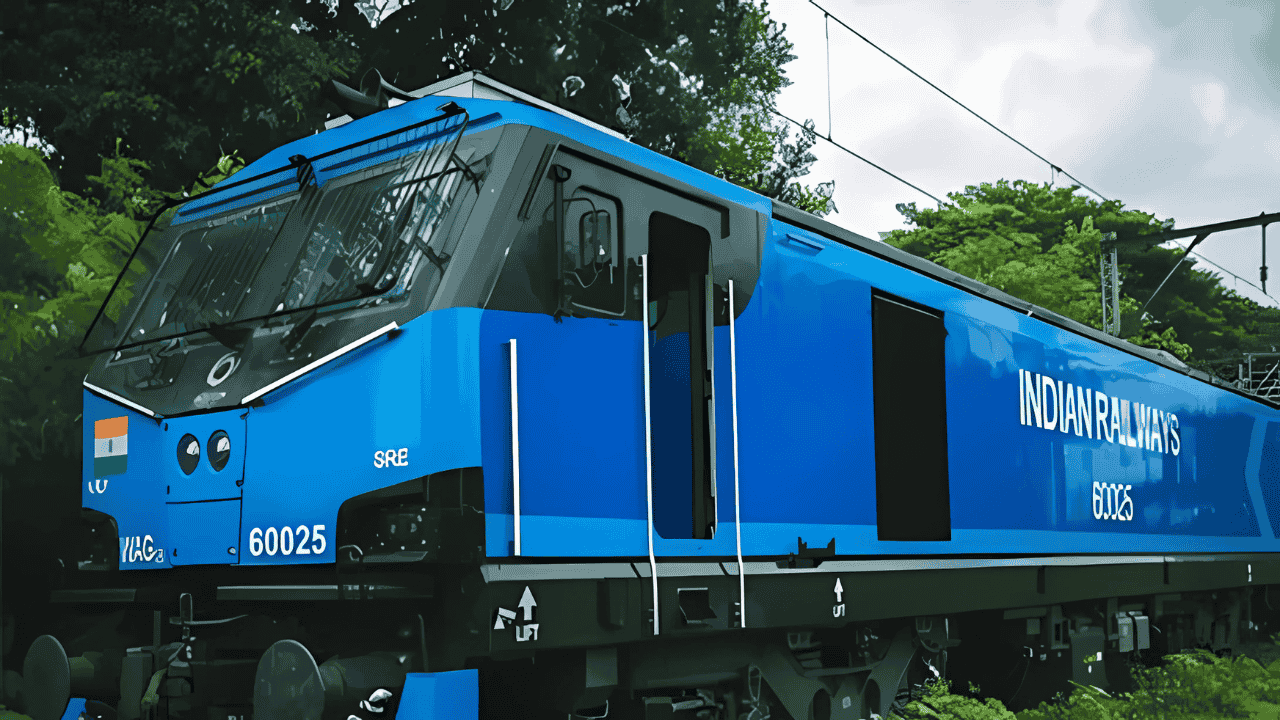Introduction
India is preparing for a new revolution in the field of telecommunications. Under Bharat 6G Vision 2030, the country aims to become one of the world’s leading 6G nations by 2030. So far, 104 projects worth ₹275.88 crore have been approved — a major step toward India’s technological self-reliance.
6G Technology: A New Technological Revolution
The 6G network is not just an upgrade from 5G — it represents a complete transformation of the digital ecosystem. According to the International Telecommunication Union (ITU)’s IMT-2030 framework, this technology will offer capabilities far beyond 5G.
Key Technological Features of 6G
Terahertz Communication:
Data speeds will be 100 times faster than 5G, using frequencies from 300 GHz to 3 THz — delivering up to 1 terabit per second.
AI-Native Networks:
The entire network will be AI-driven. Artificial intelligence and machine learning will manage real-time routing, bandwidth allocation, and automation.
Communication and Sensing Integration:
The network will not only transmit data but also sense its surroundings — enabling precise location tracking and motion detection.
Ultra-Low Latency:
Less than 1 millisecond latency, essential for real-time applications.
Li-Fi Technology:
Data transmission through light, offering high-speed internet even without fiber connectivity.
India’s 6G Strategy and Initiatives
Institutional Framework
Expansion of 5G Labs:
Over 100 educational institutions have established 5G and 6G labs to strengthen R&D and support the startup ecosystem.
Telecom Technology Development Fund (TTDF):
Launched in October 2022 to promote research and development in 6G technologies.
Bharat 6G Alliance:
A national platform bringing together industry, academia, research institutions, and policymakers.
Financial Vision
According to Union Minister of Communications Jyotiraditya Scindia, India’s 6G vision could contribute up to $1.2 trillion to the GDP by 2035, with a goal to capture 10% of global 6G patents.
Applications of 6G Technology
Smart Healthcare
Real-Time Remote Surgery:
Precision operations enabled by microsecond-level latency.
IoT-Enabled Medical Devices:
Continuous health monitoring and AI-based diagnostics.
Autonomous Vehicles
Ultra-Reliable Low-Latency Communication (URLLC):
Instant responses for self-driving cars.
V2X Communication:
Vehicle-to-vehicle and vehicle-to-infrastructure connectivity.
Industry 4.0 and Smart Manufacturing
AI Robots: Real-time factory automation and quality control.
Digital Twins: Virtual replicas of physical processes.
Predictive Maintenance: AI-based equipment maintenance.
Smart Cities and IoT Integration
Internet of Everything (IoE): Every device connected to the smart network.
Energy Management: Real-time control for smart grids.
Security and Surveillance: AI-driven protection systems.
Challenges and Security Concerns in 6G
Cybersecurity Challenges
AI-Based Security Risks:
Extensive use of AI in networks could lead to new types of cyberattacks.
Quantum Hacking Threats:
Advancements in quantum computing may render traditional encryption ineffective.
Data Privacy Concerns:
Increased data collection raises issues of privacy and protection.
Technical Challenges
Chip Manufacturing and Supply Chain:
Demand for advanced semiconductors and secure supply chains.
Network Complexity:
Managing AI-driven networks will be more complicated.
Energy Efficiency:
High data rates will require increased energy consumption.
India in the Global 6G Race
India is positioning itself as a front-runner in global 6G development. Through collaboration with international bodies like the Next G Alliance and domestic initiatives such as the Bharat 6G Alliance, India is focusing on indigenous R&D capabilities.
At the International 6G Symposium held during India Mobile Congress 2025, over 70 global experts participated — a testament to India’s determination to lead in 6G technology.
Future Prospects
6G technology is expected to be commercially deployed by 2030.
India’s two-phase roadmap includes:
Phase 1 (2023–2025): Research and pilot projects.
Phase 2 (2025–2030): Large-scale commercial deployment.
The establishment of Terahertz Testbeds and Advanced Optical Communication Testbeds will further strengthen 6G research in India.
Why This Matters for Your Exam Preparation
UPSC & Competitive Exam Relevance
Science & Technology: 6G technology, AI integration, and Terahertz communication are key topics for both Prelims and Mains.
Current Affairs: Bharat 6G Vision 2030, TTDF Scheme, and related developments are important for UPSC Current Affairs.
Economic Survey Linkages: Key in understanding digital economy growth, GDP contribution ($1.2 trillion by 2035), and technological self-reliance.
International Relations: Relevant in global 6G race, patent competition, and strategic partnerships.
Essay Topics: Useful for essays like “Digital India and Technological Advancement,” “The Future of AI,” and “Cybersecurity Challenges.”
Interview Preparation: Deep understanding of India’s tech policy, innovation ecosystem, and digital transformation.
Key Facts to Remember
6G Rollout Target: 2030
Current Funding: ₹275.88 crore for 104 projects
Speed Improvement: 100× faster than 5G
GDP Contribution Target: $1.2 trillion by 2035
Patent Target: 10% of global 6G patents







